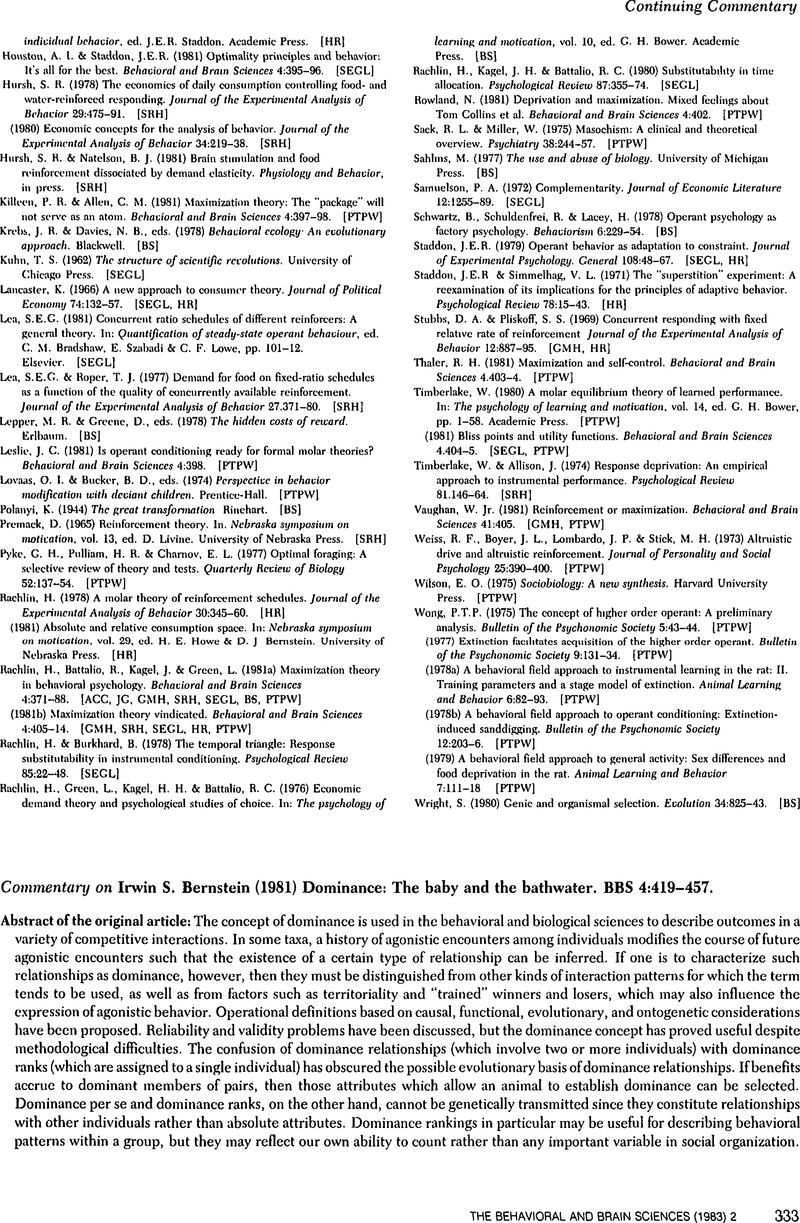Crossref Citations
This article has been cited by the following publications. This list is generated based on data provided by Crossref.
Cancik-Kirschbaum, Eva
and
Hess, Christian
2017.
Toponyme der mittelassyrischen Texte: Der Westen des mittelassyrischen Reiches.


